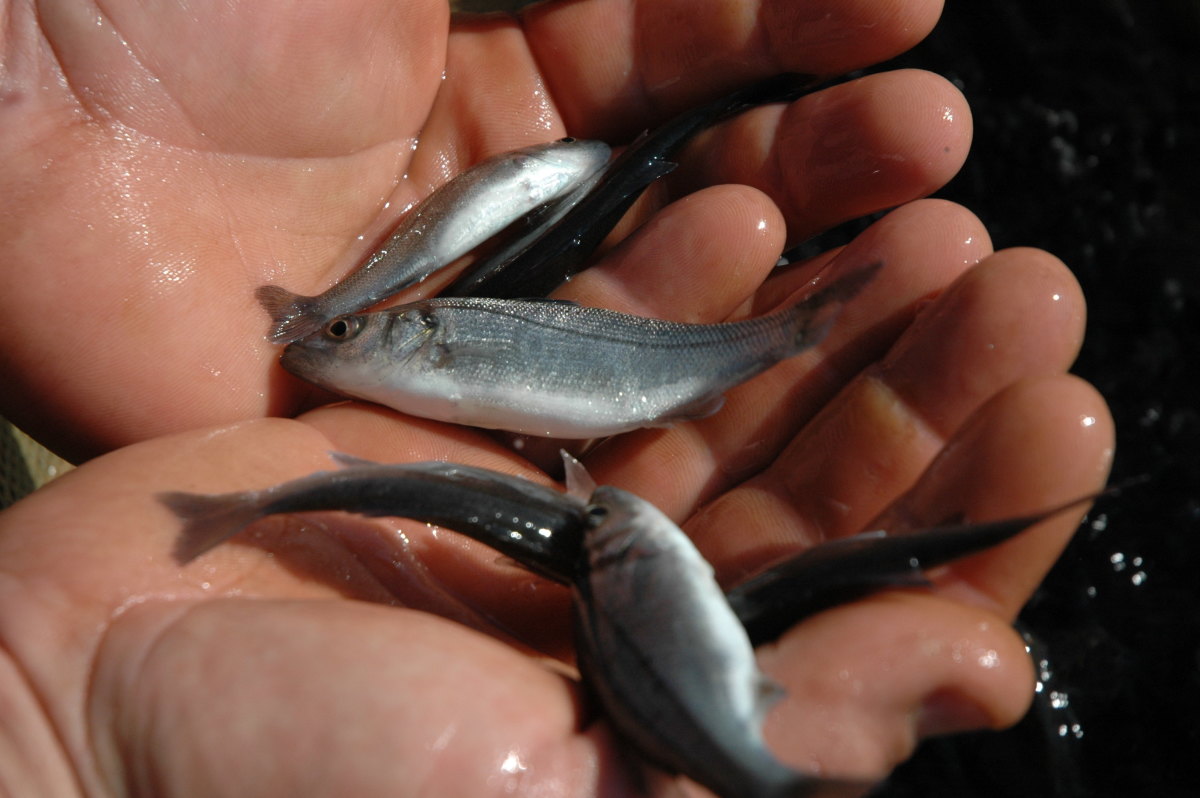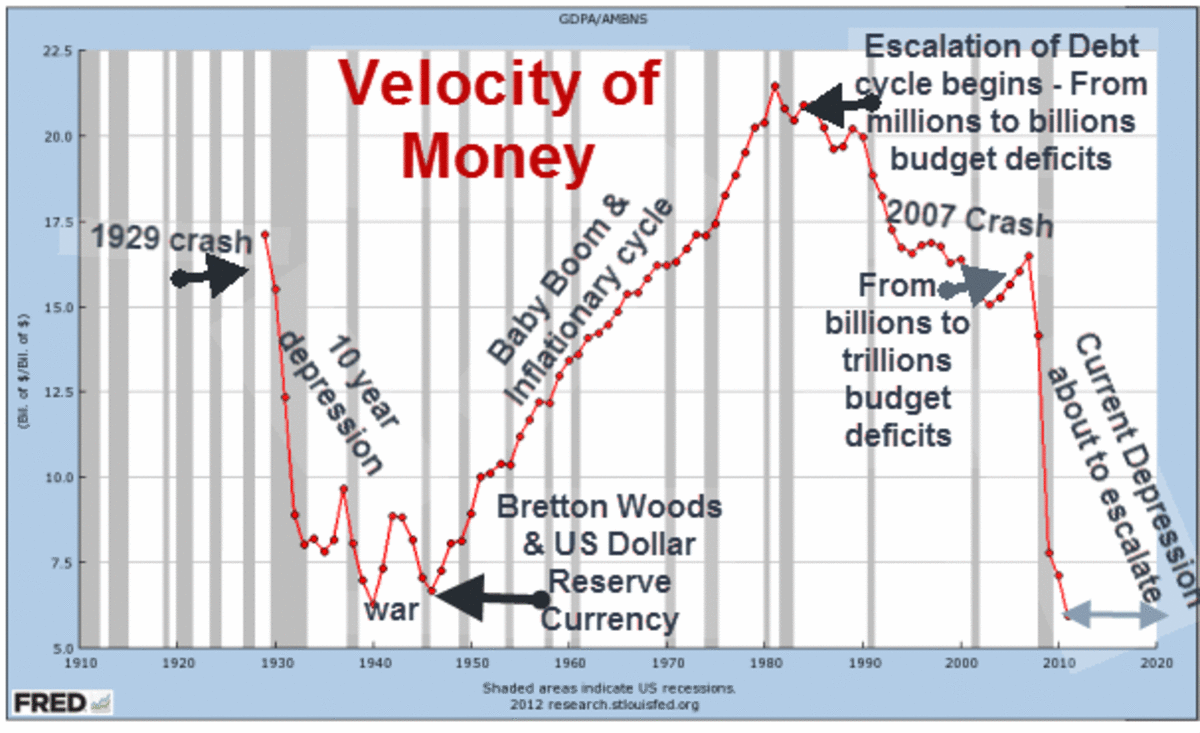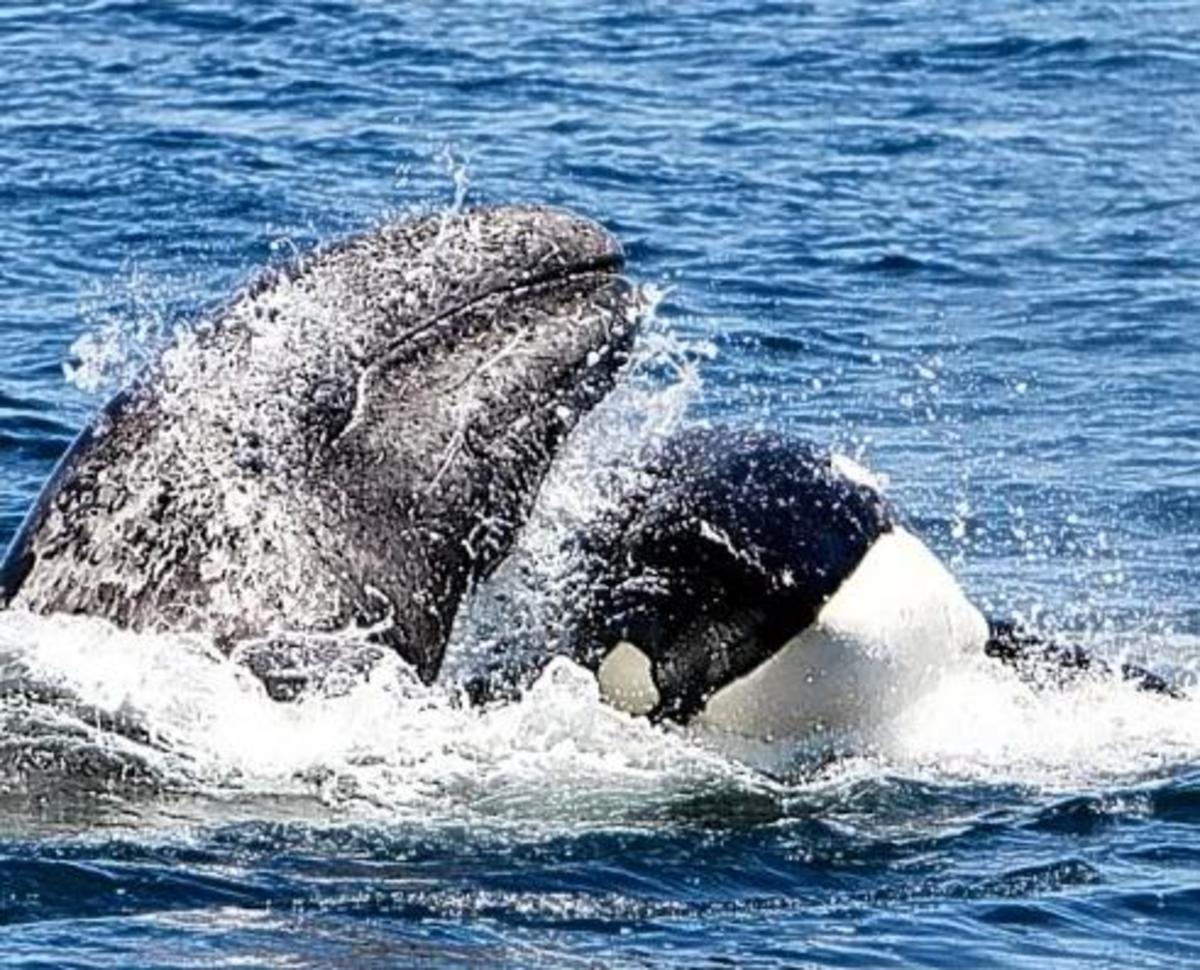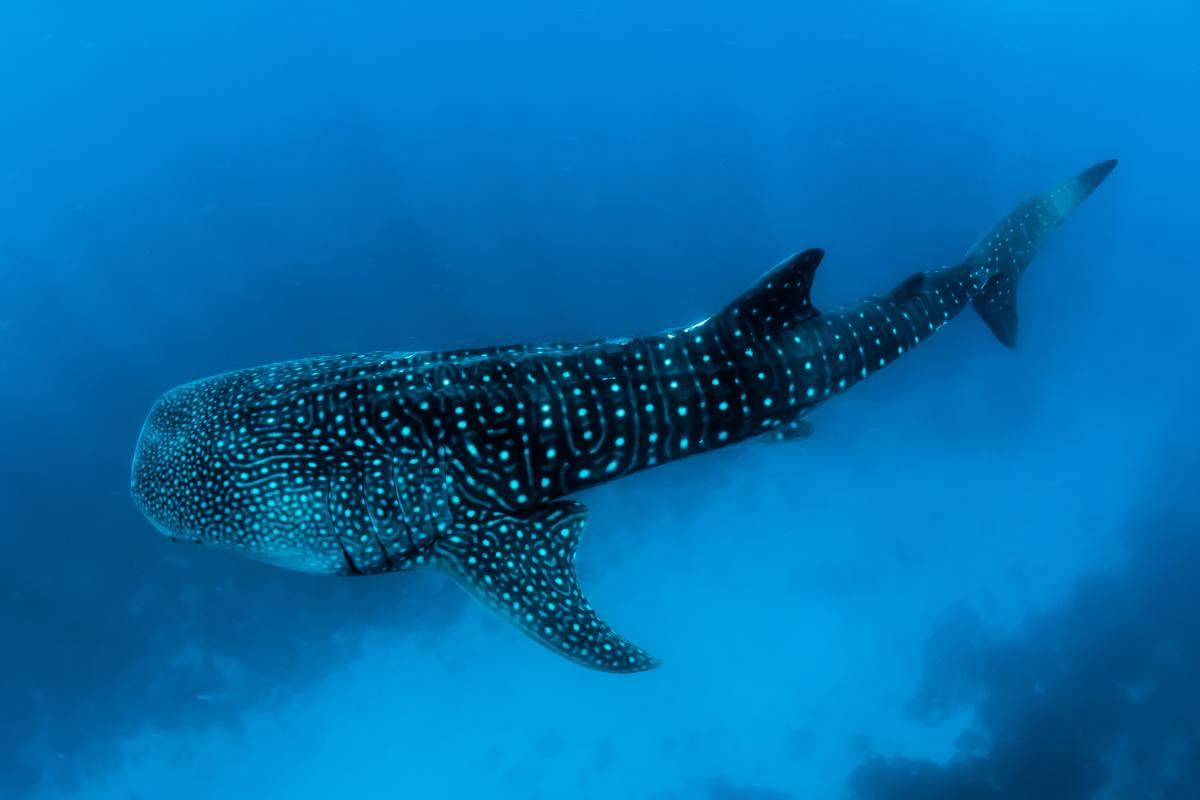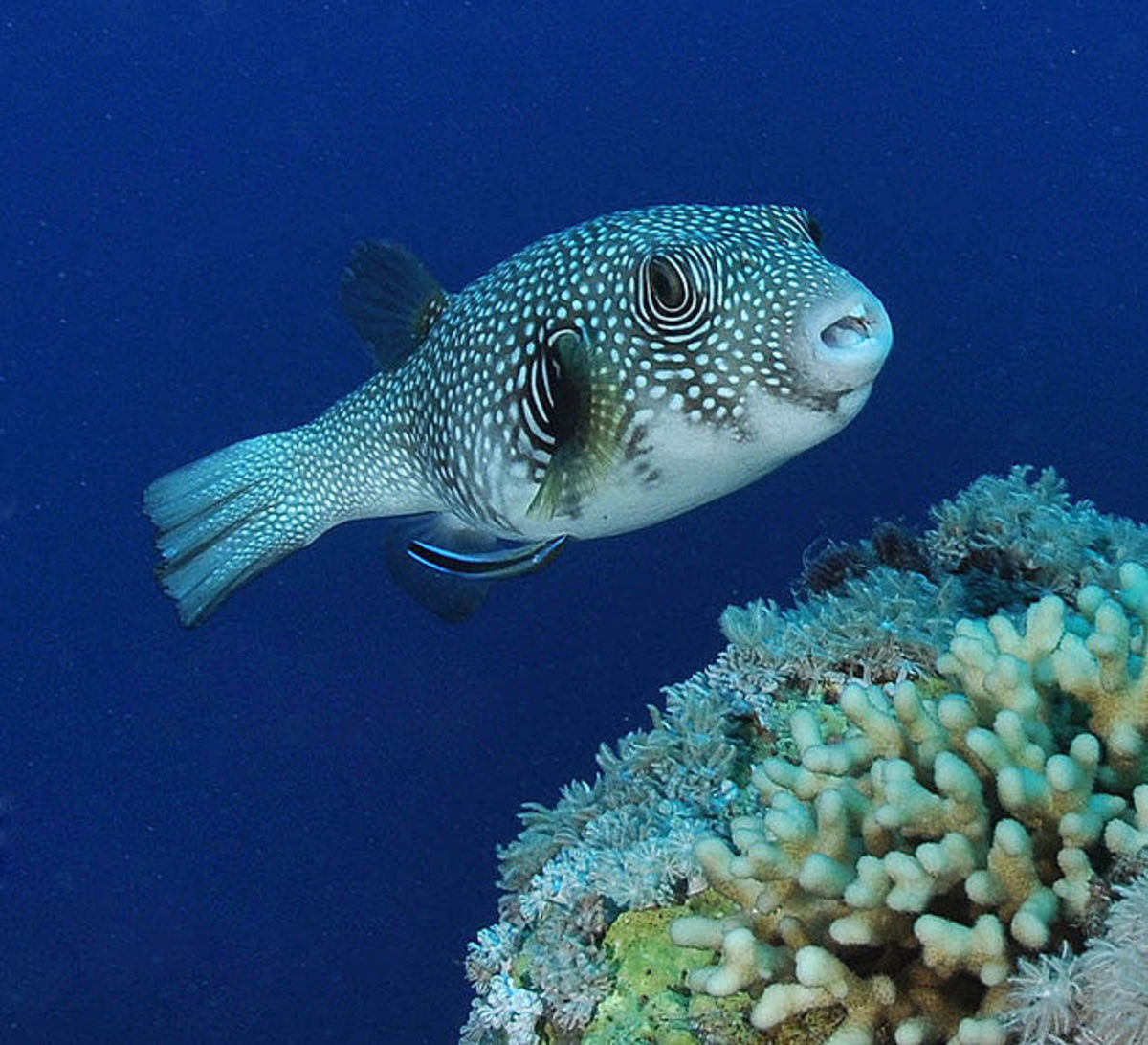- HubPages»
- Education and Science»
- Life Sciences»
- Marine Biology
The Israelis who will save the world's fish


Translated from עובדי אצות: הישראלים שיצילו את הדגה העולמית
רותם סלע | 25/12/2010 12:27
The oceans are emptying, the Chinese become prominent, the Europeans get
older, the fish are getting more expensive and the Israelis invent and
initiate, with no commitment to a specific domain or site. For example, the
entrepreneur Eric Koppelman - once one of the co-founder of high - tech
Relegence, a search engines manufactured which was sold to AOL for tens of
millions of dollars; later, one of the first investors in the company Green
Road, which manufactures innovative technologies for vehicles' safety and which
the Venture Capital Fund investment of Al Gore inversted in; today: a fish farms' investor. Yes, fish and algae.
His partner, Bud Janowski, was - until a little less than
two years establishing and managing venture capital funds for the Korean
government, and spent - he said, 4 out of the last 10 years in the Far East. Before that he worked as a manager of venture
capital investments at Ampal which invested in M-Systems, remembered for the
invention of the Disk-on-Key. Today, he's also involved in fish and algae, or
in more attractive wording: aquaculture. It's much more profitable than it
sounds.
Koppelman and Yanovsky vision for SEMG systems is shaping
up - especially the link-up with the government of Vietnam. They are going to build a
giant fish and algae farm utilizing a particularly innovative circular method: the
algae, utilizing carbon-dioxide they need for growth from polluting power
plants, serve as food for the fish: the fish are grown in special containers
that look like huge test tubes; their excrements are used as fertilizer for the
algae, and the process is repeated.
The duo's story is inundated with high-tech, money and grants,
collaborations and dreams of expansion to East Asia.
"Once one farm is operational, there's no problem in duplicating it,"
declares Koppelman. So why in fact, not?
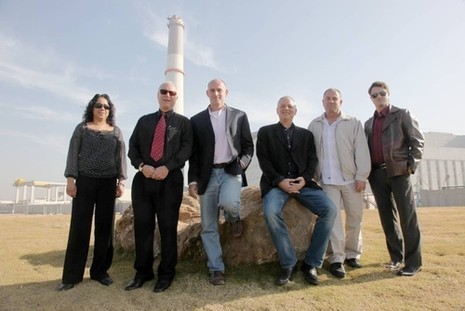
The Sea gets Empty
Fish today are less
and less as in the "Old man and the Sea" by Ernest Hemingway - that image
of a person venturing into the big blue, rod hanging from his shoulder and his boat
at the mercy of the heavens, Poseidon, and the Goddess of Luck. It may serve as
a nice postcard for tourists, as a children's tale, or as nostalgy - but the
real story is a bit more complex, and in many ways much more interesting.
First of all people eat far more fish, and as fish get
eaten - the fish run out. Decades ago the story of man and the sea was not much
different from the conduct of prehistoric man, exiting each day from his cave
into the wild. And as that human picked what grew wild, or what roamed the
Earth, so the fisherman - though equipped with increasingly advanced
technologies - caught what Mother Nature offered him.
In fact, only the late '50s commercial growth of fish for
consumption, especially in cages placed in the sea where fish were grown in
more crowded and controlled living conditions. Until the early '90s, open
fishing - called "wild" by marine farmers – produce about 90% of the world's
fish. However, aquaculture now accounts for more than a third of the fish
market, with world trade estimated at $100 billion a year.
The reason for the change was the sharp decline in the
fish population, at lakes, seas and oceans. "There are estimates according
to which in a few years fishing in the Mediterranean
will be prohibited," said Janowski, who serves as CEO of SEMG. He points
to the a graph showing the growth in world fish market, which grew from 30 [sic.
Probably meant 30 million] tons in the 50s to more than 5 times that today,
while the division between aquaculture fishing and "wild" fishing (which
is not growing in recent years) stays the same [sic].
"Economic growth in
the Far East and the rise in material welfare of
a large part of the planet's inhabitants results in people eating far more
fish," said Janowski. He said, "It's simple: as a person's income
rises, the first thing that changes is that his diet becomes richer in proteins
and calories." Thus economic growth and demographic explosion joined to
contribute to a slow but persistent extinction of marine ecological
environment, covering about 70% of the area of the planet.
But marine cages are no longer the last word in an attempt
to meet demand for fish. New inventions often create new problems, and in the
case of the cages there were claims that placing them in the sea causes an
increased distribution of disease, degeneration and destruction of ecosystems
found in their environment. "Many times the fish cages are located in
pastoral bays, that are defined as Nature reserves which are tourist attractions,"
said Janowski. "This actually augment the damages."
For example, in Eilat fish cages were placed by companies
Ardag and Dag-Suf, which provided livelihood for hundreds of families and yielded
thousands of tons of fish annually. However, public pressure eventually led to the
government's decision to get the cages out of the Bay of Eilat.
"Along with the severe damage to the environment, and in fact because of
it, there is a strong consumer trend against the purchase of these fish,"
says Janowski. Indeed, a number of retailers – from the American's Wal-Mart,
through the British Marks & Spencer and Dansk, the largest network in Denmark - have
announced that starting next year they will refrain from purchasing such fish
grown in cages. The course to the sea is again getting closed, but with a
hungry world - the Israelis produce answers.
Painted fish
Janowski and Koppelman
do not define themselves as farmers. In fact, if you met them a decade ago and
told them that their future will be in aquaculture, you would probably be met
with raised eyebrows. Still, they are in Vietnam, tieing the ends before the
establishment of their first fish and algae farm.
The farm could provide a breakthrough not only in fish
growth, carried out in containers rather than in cages, but also in fish feed
production - made with algae instead of flour and fish oil - and in the
production of Omega 3, derived from algae that are not fermented. Thus, it can
also help in battling global warming.
"A farm of 500 acres is expected to sell about $80
million a year to earn 30-25 million dollars," says Koppelman and
continues: "When we establish one that works, we can replicate this model
in other places like Cambodia,
Korea, China and Thailand, who have already approached us."
Why the East? "Cheap and
skilled fish farming labor, as well as the fact that all the processing
industries, cold storage, marketing infrastructure and fish exchanges are already
located there," says Koppelman, who has invested with Yanovsky the last
two years promoting the project and is convinced they have the trump card.
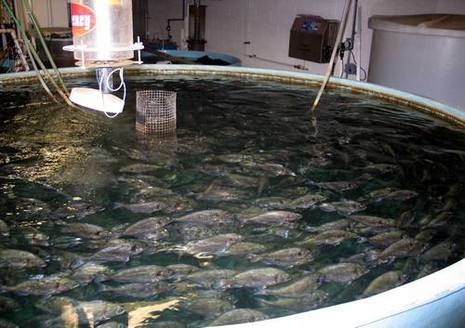
On Janowski right sits
Dr. Amir Drori, an expert on algae who has worked the past two years at a
biofuel from algae producing American company and before that has specialized
in manufacturing special algae for fish coloring, which make up some of the
products SEMG tries to produce.
Fish painting?
Koppelman: " Do you eat salmon?".
At Weddings.
"Well, 90% of salmon
sold today comes from cages in fish ponds, which do not eat the algae found in
the sea, that causes them to become red. Because no one wants white salmon on
their plate, it creates a $300 million market for fish and shrimp pigmentation."
Drori's right hand is Dr. Elizabeth Judah, who's the
company's main biologicist, and Drori is Professor Jonathan Zohar, the
company's chief scientist's deputy. Professor Zohar, in fact, resides sitting
thousands of miles away, at the University
of Maryland, where he serves as head
of the Institute
of Marine Technology.
Zohar, one of the great experts in aquaculture, develops and operates fish
breeding systems in crowded containers on dry land, in which a huge density of
fish is managed in a sterile and controlled environment, and where the growing
time is half the usual, while consuming only 80% of the normal amount of food.
According to Kopelman, it's worth a lot of money.
"This is a very complex system," says Drori,
"not yet used in an industrial manner, as there a need to control the water
quality, filterisation and a lot of other factors and variables, to ensure
optimal growth and quality. It's not easy."
Pictures of Zohar's center in Maryland show that the system seems very
effective: 3-2 meters in diameter pools covered with plastic shade, dense fish
floating content – so dense they actually touch each other. According to the SEMG, this is the future of
raising fish.
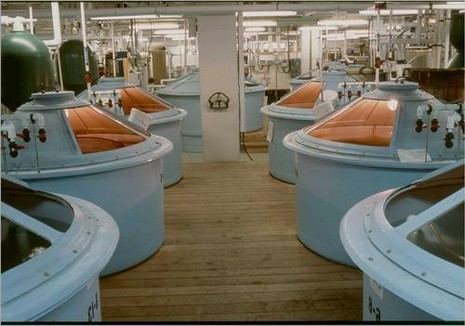
Appreciation for Israelis
Today
SEMG explores two different areas, north and south of Vietnam. The
Vietnamese, very interested in the green image and the innovative technology the
company offers, gave them the land for free. In addition, they receive
government grants and carbon-dioxide from a nearby power plan - a nuisance the
locals are happy to get rid of. The activity in the center is managed by Asher
Sadan who resides in the county for several years, and is the former manager of
the Fishman group in Vietnam.
An ecologic-economic system is expected to be created in
the 500 acres of the farm, which will join together the scientific fantasies of
Zohar Drori with the business ones of Janowski
and Koppelman. Growing algae is cheap, as they feed on carbon-dioxide and the
sun in giant pools, and become food for young fish living in another part of the
compound. From there the maturing fish are moved to growth containers - a
series of structures each of which "produces" about 500 tons of fish
annually.
The two also have further programs, except expansion, such
as adult fish food. "Today, only young fish eat algae, while adults fish eat
fish," said Janowski, "In fact, this accounts for half of the cost of
their growth, and because the demand for fish rises – along with it rises their
feeding price. Each year, the price of fish flour and fish oil climbs.
Professor Zohar was able to use algae to feed mature fish, and today the price
is almost equal. I believe that in 3-5 years, with technological advances and
continuing upward trend in prices, it will become a huge market. "
Yanovsky, who began his operations in East
Asia in '98, with the opening of a joint venture fund with the
Government of Korea, knows the Asians to their core.
What's the sentiment between
the Asians and Israelis?
"For
them we are all Jews. They have a deep appreciation of our history,
intellectual abilities, initiative and what they perceive as the impact we have
on the world. For example, the incursion of Chinese money into Israel: they
look at us - so small and produce so much Hi-Tech – and they are angry at
themselves that they let the Americans "soak" us of all that
technology. They have tremendous appreciation for us, really."
And it helps business?
"Yes," he says,
"no doubt."


